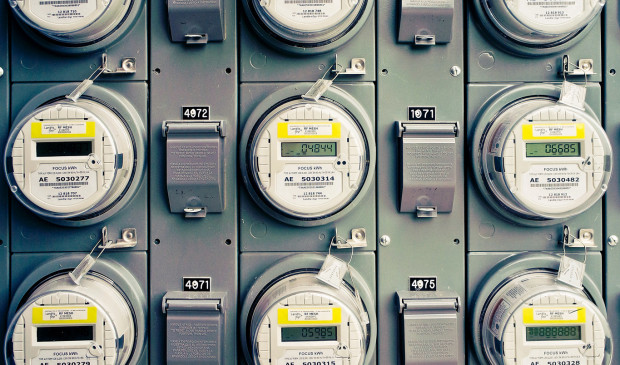Recommendations aimed at reducing energy costs for poor move to Council
Monday, February 29, 2016 by
Jack Craver City Council is a step closer to acting on a series of recommendations made by a task force aimed at reducing energy costs for poor and near-poor Austinites.
But Carol Biedrzycki, who chaired the Low Income Consumer Advisory Task Force and is a member of the Electric Utility Commission, says the recommendations that have been submitted to Council don’t go far enough in demanding that Austin Energy reduce costs for low-income customers.
“Everybody wants to make sure that Austin Energy is happy with everything, and that’s a little frustrating,” she told the Austin Monitor on Wednesday.
Biedrzycki is nevertheless hopeful that Council will ultimately pursue a more ambitious plan than the one endorsed by Council’s Austin Energy Utility Oversight Committee in December. At the time, the committee voted to back only those task force recommendations that had unanimous support among task force members and to which the utility did not object. The committee also directed the Electric Utility Commission and the Resource Management Commission to address the recommendations that had not garnered consensus.
At a Feb. 21 meeting, the Electric Utility Commission voted unanimously to adopt a number of recommendations approved by the Resource Management Commission, along with a couple of its own last-minute amendments. But the commission opted to strike a clause added by Commissioner Ruby Roa that proposed requiring the utility to spend 25 percent of its energy efficiency budget on programs targeting customers with low- and moderate incomes.
Debbie Kimberly, vice president of customer energy solutions for Austin Energy, told the commission that the utility was already saddled with a number of energy savings goals.
“The tighter you draw the lines about what we can or must do, the more difficult it becomes to achieve all of those goals,” she said.
The approved recommendations instead urge the utility to target low- and moderate-income customers with its energy savings programs but do not specify a specific portion of the budget that should be devoted to certain income groups.
The notion of setting such a specific commitment to low-income residents provoked dissent on the original task force as well – and prompted a lengthy minority report from those opposed – but it’s a demand of the utility that Biedrzycki considers crucial and entirely reasonable. Energy efficiency programs should be aimed at those who are in greatest need of a lower bill, she contends.
“All the data indicates that these programs are benefiting almost exclusively upper-income customers,” she said.
Austin Energy already has a program that weatherizes about 500 homes a year to help low-income families reduce energy costs. Otherwise, none of its energy savings programs are directed at a specific income level.
Biedrzycki was thus a little disappointed that, from her perspective, the RMC had “watered down” the recommendations and that the EUC had complied with the utility’s request to nix the 25 percent target, but she added that she wasn’t going to “make a big fuss about it.”
“What’s happening in my opinion is we’re moving in the right direction,” Biedrzycki said. “The important result of having this move forward is that we continue the discussion.”
Kimberly, emphasizing admiration for Biedrzycki’s “advocacy and tenaciousness” in support of low-income customers, argued that the recommendations going to Council were in fact significant. The utility is already making major progress in reducing energy costs for all customers, including those at the bottom of the income ladder, she said.
“We have posted energy savings of 1 percent a year for the last three years, which is significantly more than any other utility in Texas,” she said.
Kimberly said the recommendations would result in the utility doubling its low-income weatherization effort. The 1 megawatt of annual energy savings from the weatherization efforts and the 2 megawatts of savings that the resolution demands the utility achieve through “other programs that reach low- and low-moderate income customers” are ambitious demands, she said.
Kimberly also pushed back on the notion that existing energy efficiency efforts disproportionately benefit the well-to-do. “We have something for everyone,” she said.
Moreover, she is opposed to tying income to participation in certain programs, such as the program – which Austin Energy negotiates with area retailers – offering discounts on energy-efficient light bulbs. She said that many do not feel comfortable being asked about their income. “I don’t want to drive people away from our programs by demanding that information,” she said.
It’s unclear when Council will take up the recommendations, but Kimberly said that given Council’s current focus on other energy-related issues – most notably the Austin Energy cost of service study – it likely will not address the issue before April.
Photo by Nan Palmero made available through a Creative Commons license.
You're a community leader
And we’re honored you look to us for serious, in-depth news. You know a strong community needs local and dedicated watchdog reporting. We’re here for you and that won’t change. Now will you take the powerful next step and support our nonprofit news organization?









